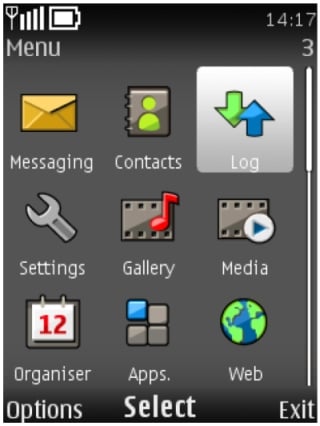Those of you with sharp eyes may have noticed that two of the 4 products announced by Nokia yesterday have the latest version of S40, 6th Edition. While S40 is not a smart phone operating system due to the lack of a native programming model and the lack of multitasking, it is still impressive and many many many more people use S40 rather than S60. Here is a change log from the S40 Forum Nokia homepage:
Series 40 6th Edition represents a continuing commitment by Nokia to mobile application developers, with support for MIDP 2.1 and the subset of the Mobile Service Architecture (JSR?248). JSR?248 provides a common implementation of seven popular JSRs. These implementations are shared with S60 3rd Edition, Feature Pack 2, and it is expected that other manufacturers of Java™ phones will implement JSR?248. This means that developers will be able to create applications for Nokia platforms that will also run on other manufacturers' devices, with little or no change.
In addition, Series 40 6th Edition delivers exciting new opportunities for the creation of location-based applications, with the introduction of the Location API for J2ME™ (JSR?179). This API can utilize an external Bluetooth GPS unit to obtain location information.
Series 40 6th Edition also provides improved support to Adobe Flash developers with the inclusion of the Flash Lite 3 Player. In addition to playing stand-alone Flash Lite content and applications and offering animated screen savers, Flash Lite can also be used to create animated "organic" wallpaper for Series 40 devices.
For Web developers, Series 40 6th Edition brings new opportunities with a browser based on the WebKit open source components WebCore and JavaScriptCore. This new browser delivers support for HTML 4.01, CSS2, JavaScript™ 1.5, and Ajax. Series 40 users can now experience a desktop-like Web browsing experience, which opens up new possibilities for Web developers to deliver sophisticated Web-based services to the mobile marketplace.
The platform continues to support 240 x 320-pixel screens, meaning media developers continue to benefit from the improved viewing experience and realize continued growth in the consumption of content and media. The platform approach, with its uniform implementation of technologies and supporting tools, documentation, and examples, will continue to offer developers the easiest route to seize mass-market opportunities.
And more information can be had in this PDF, most notably:
An enhanced UI with transitions support providing smooth-state transitions during UI navigation.
Additional audio and video codecs with support for Windows Media Video (WMV) 9, and Windows Media Audio (WMA) 10.
Extended WLAN capabilities.
Series 40 6th Edition — OMA MMS version 1.3 is supported, and the maximum supported message size has been increased to 600 kB.
Small screenshot (not 1:1 pixel scale):


No comments:
Post a Comment